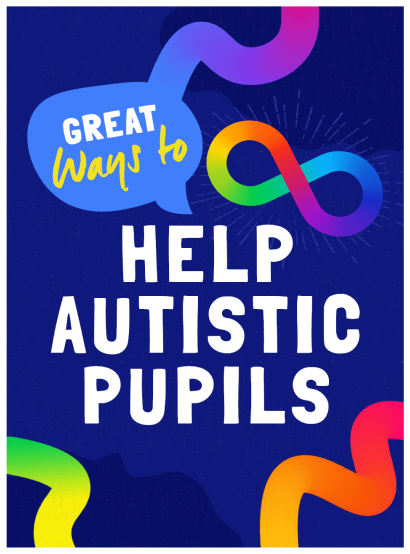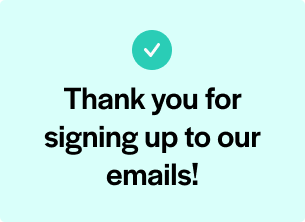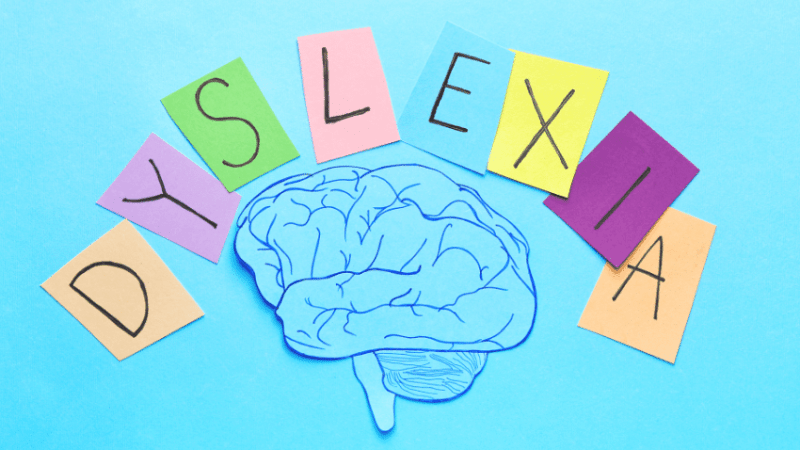How to show the progress of pupils with autism

Suzanne Farrell makes the case for why schools need a progression framework for young people on the autism spectrum…

Recent legislative changes and reports relating to the education of pupils with SEND have focused on the need to consider their wider long-term outcomes and preparation for adulthood.
The SEND Code of Practice cites the need to prepare young people for employment, independent living, community participation and health.
Resources that support this aim, such as those from Preparing for Adulthood now place particular emphasis on the need to work towards these outcomes from the child’s earliest years.
The assessment reforms introduced by the Commission on Assesssment Without Levels in 2015 highlighted the need to take a more holistic approach assessing pupils with SEND.
More recently, Ofsted’s new ‘Quality of Education’ judgement links a school’s curriculum, in terms of how it’s designed, taught and assessed, more closely with its impact on learners’ outcomes in order to better prepare them for life after school.
For children and young people on the autism spectrum, support may be required in areas relating to the social and emotional aspects of learning. For some pupils, making progress in these areas will enable them to access learning in the academic curriculum.
Improvements in a pupil’s ability to regulate their own behaviour or sensory needs, for example, may lead to improved engagement which in turn may drive progress within National Curriculum subjects.
Many practitioners recognise the need to prioritise these aspects of learning, but may lack access to systems that support them in identifying priorities and tracking progress.
A new framework
In 2015, the Autism Education Trust, with funding from the DfE, commissioned a project to develop a progression framework and accompanying training module specific to the needs of pupils on the autism spectrum.
This work involved a literature review and a wide-ranging consultation with practitioners, parents, pupils and adults on the autism spectrum.
The resulting AET Autism Progression Framework was subsequently made freely available to schools and implemented widely across a range of mainstream and specialist services.
An evaluation of the framework was then carried out, the findings of which were used to inform a revised Autism Progression Framework 2.0 and suite of accompanying resources. These have recently been launched and are now available as free downloads from the AET website.
The AET Progression Framework is designed to support staff in identifying learning priorities and measuring progress in areas that other tools and assessment materials may not cover.
It’s intended to be accessible to practitioners working with pupils across the autism spectrum, and can be used in a range of formats according to a service’s needs.
The new materials recommend four key steps for using the Progression Framework that fit alongside the Code of Practice’s ‘Assess, Plan, Do, Review’ cycle.
Extensive content
The Progression Framework provides an extensive ‘bank’ of learning intentions based on an understanding of autism and the challenges that young people may face within education settings.
It aims to address skills and understanding that pupils might find difficult as a consequence of their autism, but also strives to recognise and build on their strengths and interests, and improve their overall wellbeing.
Most importantly, it aims to alert practitioners to the fact that the progress of children may depend on support in these areas being available.
It’s by no means exhaustive, however, and practitioners are encouraged to tailor or write their own personalised learning intentions according to each individual’s needs.
The main areas of learning in the 2019 Progression Framework are as follows:
- Communication and Interaction
- Social Understanding and Relationships
- Sensory processing
- Interests, routines and processing
- Emotional understanding and self-awareness
- Learning and engagement
- Healthy living
- Independence and community participation
Each area is then sub-divided so that users can focus on the relevant learning for a particular pupil. ‘Social Understanding and Relationships’, for example, is divided into ‘Being with others’; ‘Interactive play’; ‘Positive relationships (supporting adults)’; ‘Positive relationships and friendships (peers)’; and ‘Group activities’.
Those areas are then broken down further into more detailed outcome areas and learning intentions that identify small steps of learning.
Practitioners are encouraged to select or personalise a small number of learning intentions relevant to an individual – potentially five or six per term.
Progress towards these goals can then be measured against a four-point Progress Scale over a year or other specified time period.
Degrees of progress are celebrated as the development of skills, and understanding across contexts is recorded.
The Framework isn’t intended as a checklist of skills to be worked through, but rather provides evidence of progress in areas relevant to each pupil at specific points in their school career.
Ways to engage
Schools have a number of options for ways in which the Framework might be used and different formats are available. They may:
- Draw on the content of the Framework contained in the free PDF document to inform existing procedures, such as EHCPs, IEPs or Provision Maps
- Use learning intentions with existing progress measures within their schools, or the sample Individual Learning Plan template provided in the free PDF document
- Use the free spreadsheet version (which includes a guidance document)
- Subscribe to an evidence-based online version powered by ShowProgress
One of the Framework’s key aims is to provide a starting point for identifying individual priorities via ‘learning conversations’ between key people, including parents and the pupils themselves, as advocated in the Code of Practice.
The new resources accompanying the revised materials include a questionnaire for pupils and/ or parents and a two-page summary of the main outcome areas for use as a ‘way in’ or discussion tool.
‘Mapping documents’ are also available, which link AET Progression Framework outcomes with ‘EYFS Areas of Learning’ and ‘Preparing for Adulthood’ outcomes.
The AET Autism Progression Framework materials, accompanying guidance and information on training is available here.
Why it’s needed
The following quotes are taken from the Progression Framework consultation
“It’s so challenging for schools to show progress, even when they’re doing a really good job.”
– Teacher’s response to the schools survey
“My child is ‘tracked’ the same as neurologically typical children, which means he’s always consistently scoring lower. I’d love to see SEN accounted for within the tracking”
– Parent’s response to the families survey
“As I was academically able, I think people assumed I was able in other areas, but this wasn’t the case – I’d have benefited from work on emotions and feelings, friendships and self-esteem.”
– Individual’s response to the survey of adults on the autism spectrum
Suzanne Farrell is the Project Lead for the AET Autism Progression Framework, developed for the AET by Autism Associates. Browse more resources for Autism Acceptance Week.











